- Pro
MPEG-I redefines immersive VR/AR audio with lifelike, dynamic 3D realism
Comments (0) ()When you purchase through links on our site, we may earn an affiliate commission. Here’s how it works.
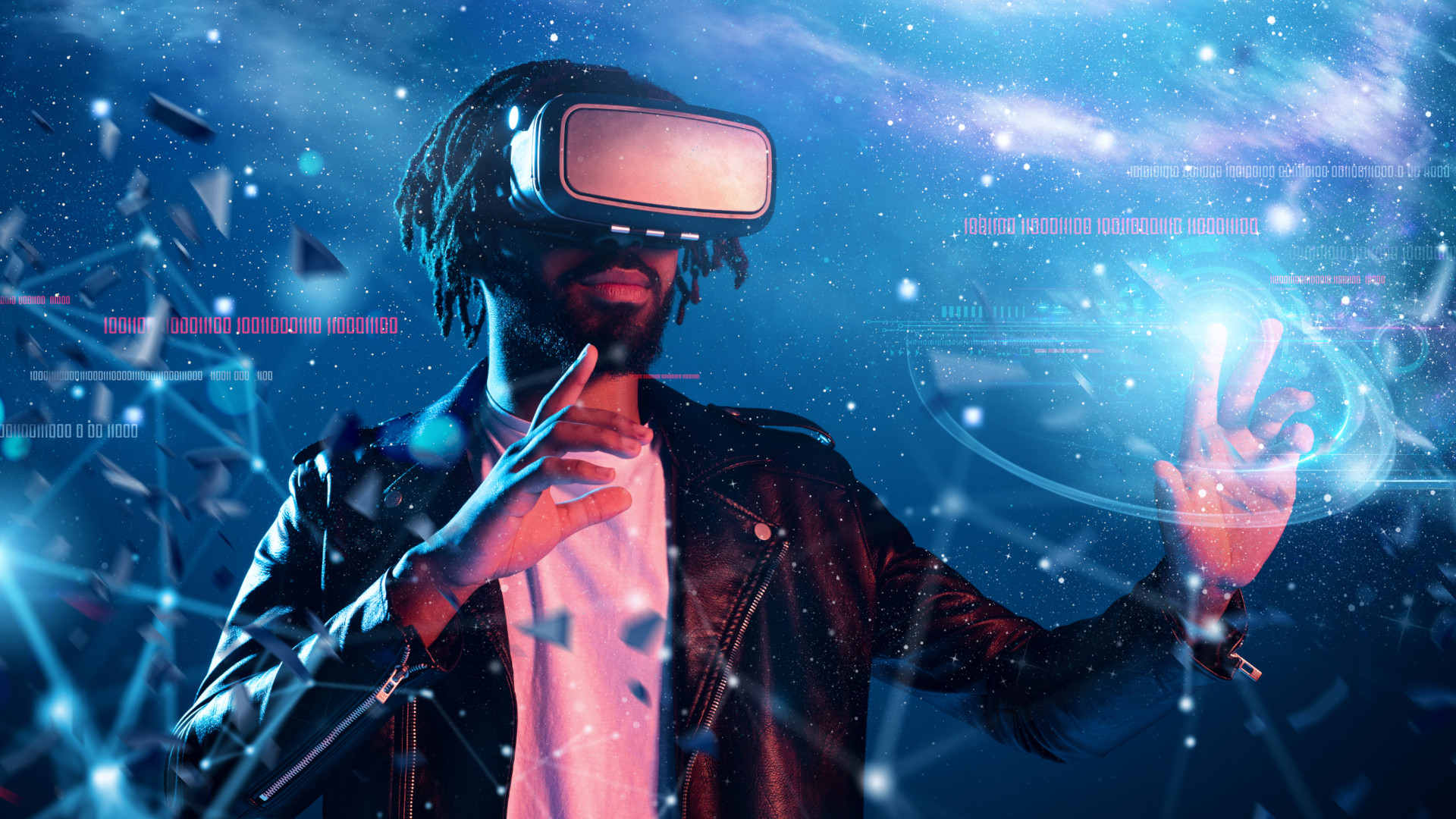 (Image credit: Shutterstock / Alphaspirit.it)
(Image credit: Shutterstock / Alphaspirit.it)
As virtual and augmented reality edge closer to mainstream adoption, the race is on to make immersive experiences truly lifelike – and not just visually, but sonically.
Enter MPEG-I immersive audio, a new global standard set to redefine how sound shapes our experiences of digital worlds.
Arto LehtiniemiSocial Links NavigationHead of Immersive Audio Standardization and Research at Nokia.
- Amazon Black Friday deals are live: here are our picks!
Recently finalized by the MPEG Audio group, the standard defines how sound behaves in 3D spaces, enabling natural, dynamic, and realistic audio for virtual and augmented reality.
You may like-
 AI is changing how we view the world in these 6 ways
AI is changing how we view the world in these 6 ways
-
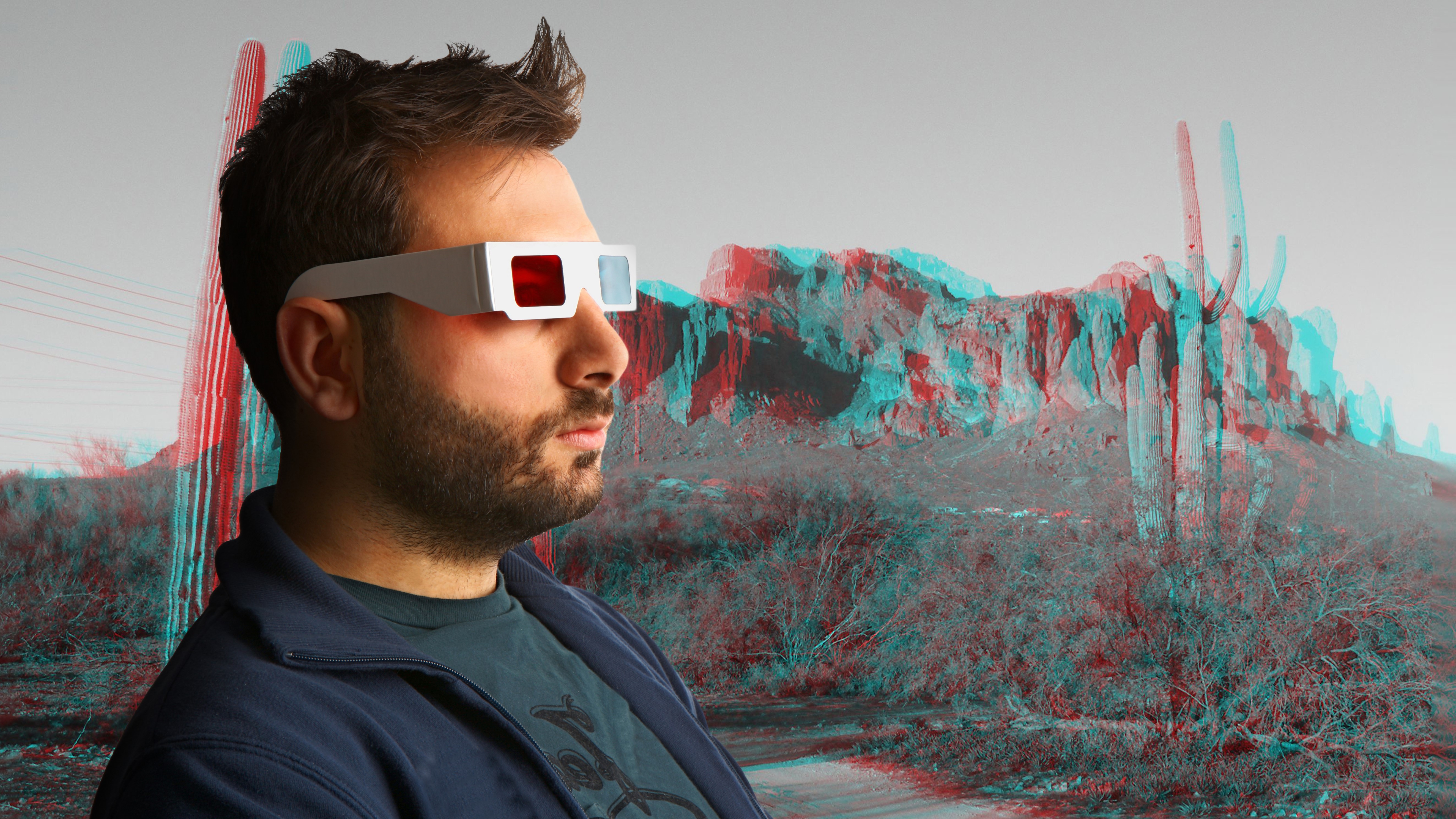 Could AV2 streaming bring 3D TV back from the dead? Probably not, but the new video codec could banish buffering
Could AV2 streaming bring 3D TV back from the dead? Probably not, but the new video codec could banish buffering
-
 5 key technologies in the Samsung Galaxy XR headset
5 key technologies in the Samsung Galaxy XR headset
From sports, gaming, training and live concerts to virtual travel and immersive social experiences, MPEG-I sets the foundation for a new era. One where immersive audio is as authentic and accessible as the visuals that surround it.
Breaking down the innovation
The new standard supports full six-degrees-of-freedom movement – meaning sound adjusts naturally as you turn, walk or look around – while staying lightweight enough for efficient streaming and real-time rendering.
It models realistic acoustic environments, including early reflections, reverberation, occlusion, diffraction, and Doppler effects, making navigation in VR/AR more authentic.
The modelling capabilities of MPEG-I immersive audio will help make high-quality immersive experiences more accessible and widespread for creators, developers, and end users.
Are you a pro? Subscribe to our newsletterContact me with news and offers from other Future brandsReceive email from us on behalf of our trusted partners or sponsorsBy submitting your information you agree to the Terms & Conditions and Privacy Policy and are aged 16 or over.Imagine hearing the roar of a crowd shift realistically as you walk through a virtual stadium, or a virtual concert that reacts as you move through the space. The standard will enable lifelike audio experiences in VR and AR, ensuring interoperability across devices and service ecosystems to boost efficiency and reduce costs in production.
In both AR and VR, the user is completely immersed in the surrounding acoustic environment and can navigate the sound scene while audio sources stay in their respective positions.
While VR audio reproduction takes you to completely imaginary acoustic environments, in AR reproduction, your physical sound environment is complemented with additional virtual sounds in a plausible manner.
You may like-
 AI is changing how we view the world in these 6 ways
AI is changing how we view the world in these 6 ways
-
 Could AV2 streaming bring 3D TV back from the dead? Probably not, but the new video codec could banish buffering
Could AV2 streaming bring 3D TV back from the dead? Probably not, but the new video codec could banish buffering
-
 5 key technologies in the Samsung Galaxy XR headset
5 key technologies in the Samsung Galaxy XR headset
The technology driving the standard
Imagine entering a dark cave in the metaverse. As you walk, your footsteps produce realistic echoes that bounce off the stone walls, with the sound subtly changing based on the cave’s size and shape.
Nokia has contributed cutting-edge audio technologies to MPEG-I immersive audio across three main areas: late reverberation rendering, augmented reality (AR) support and rendering of multiple HOA captures.
The late reverberation in MPEG-I immersive audio is the first immersive version for VR and AR applications that can automatically configure itself for physical acoustic environments, and supports connected environments.
AR support is enabled by the listening space information interface, and makes it possible for applications to configure the virtual representation of the physical listening space.
Finally, rendering of multiple HOA signal captures enables end-users to experience full fidelity 6DoF environments, which have been captured live without costly pre-production.
MPEG-I immersive audio automatically creates a continuous audio scene from HOA signal captures made at discrete positions in the audio scene recording area.
MPEG-I immersive audio aims to make new VR/AR and extended reality applications possible, where immersive audio reproduction automatically configures itself to the space the is being captured or modelled.
The next step in standardization
Standardized immersive audio technologies are unlocking new possibilities and target markets. Important first steps are already being made to enable the reference rendering software to run in consumer mobile devices, making it possible for users to experience novel AR & VR experiences on their Android devices.
Further work is in progress to enable capturing spatial audio for MPEG-I immersive audio with mobile devices eventually enabling consumers to capture complete 6DoF scenes.
The next step in standardization is to develop the rendering technologies even further based on the feedback from the application developers for key use cases.
Driving uptake for early standard adopters and content creators will be key to capturing insights to understand how the audio industry can advance to drive forward the future of immersive audio for individual consumers, businesses, and across industries.
We've featured the best headset for working from home.
This article was produced as part of TechRadarPro's Expert Insights channel where we feature the best and brightest minds in the technology industry today. The views expressed here are those of the author and are not necessarily those of TechRadarPro or Future plc. If you are interested in contributing find out more here: https://www.techradar.com/news/submit-your-story-to-techradar-pro
TOPICS AI Arto LehtiniemiSocial Links NavigationHead of Immersive Audio Standardization and Research at Nokia.
You must confirm your public display name before commenting
Please logout and then login again, you will then be prompted to enter your display name.
Logout Read more AI is changing how we view the world in these 6 ways
AI is changing how we view the world in these 6 ways
 Could AV2 streaming bring 3D TV back from the dead? Probably not, but the new video codec could banish buffering
Could AV2 streaming bring 3D TV back from the dead? Probably not, but the new video codec could banish buffering
 5 key technologies in the Samsung Galaxy XR headset
5 key technologies in the Samsung Galaxy XR headset
 Samsung Galaxy XR is as close as you can come – for now – to stepping inside AI
Samsung Galaxy XR is as close as you can come – for now – to stepping inside AI
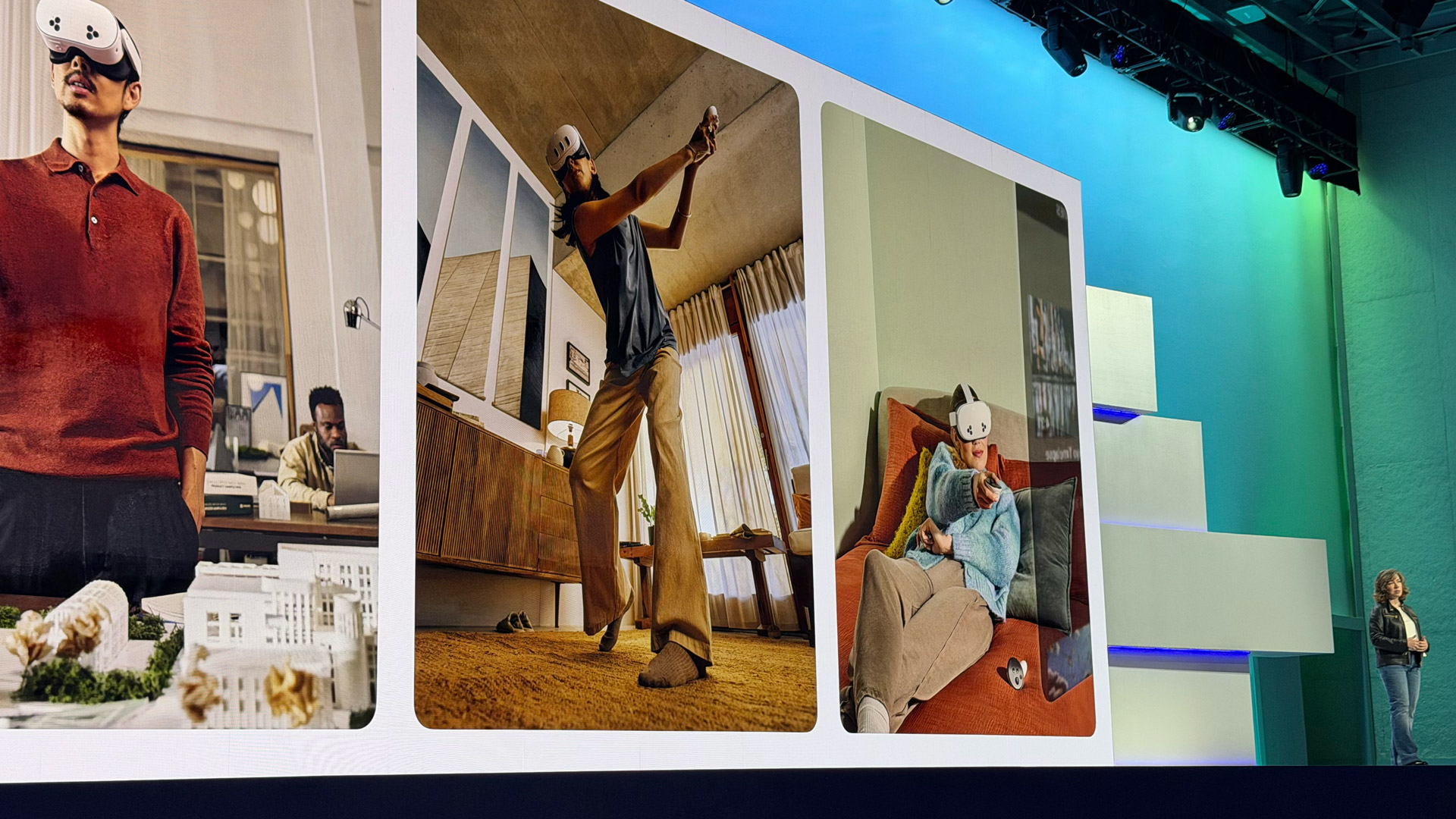 The Metaverse is not dead and AI may be its new savior
The Metaverse is not dead and AI may be its new savior
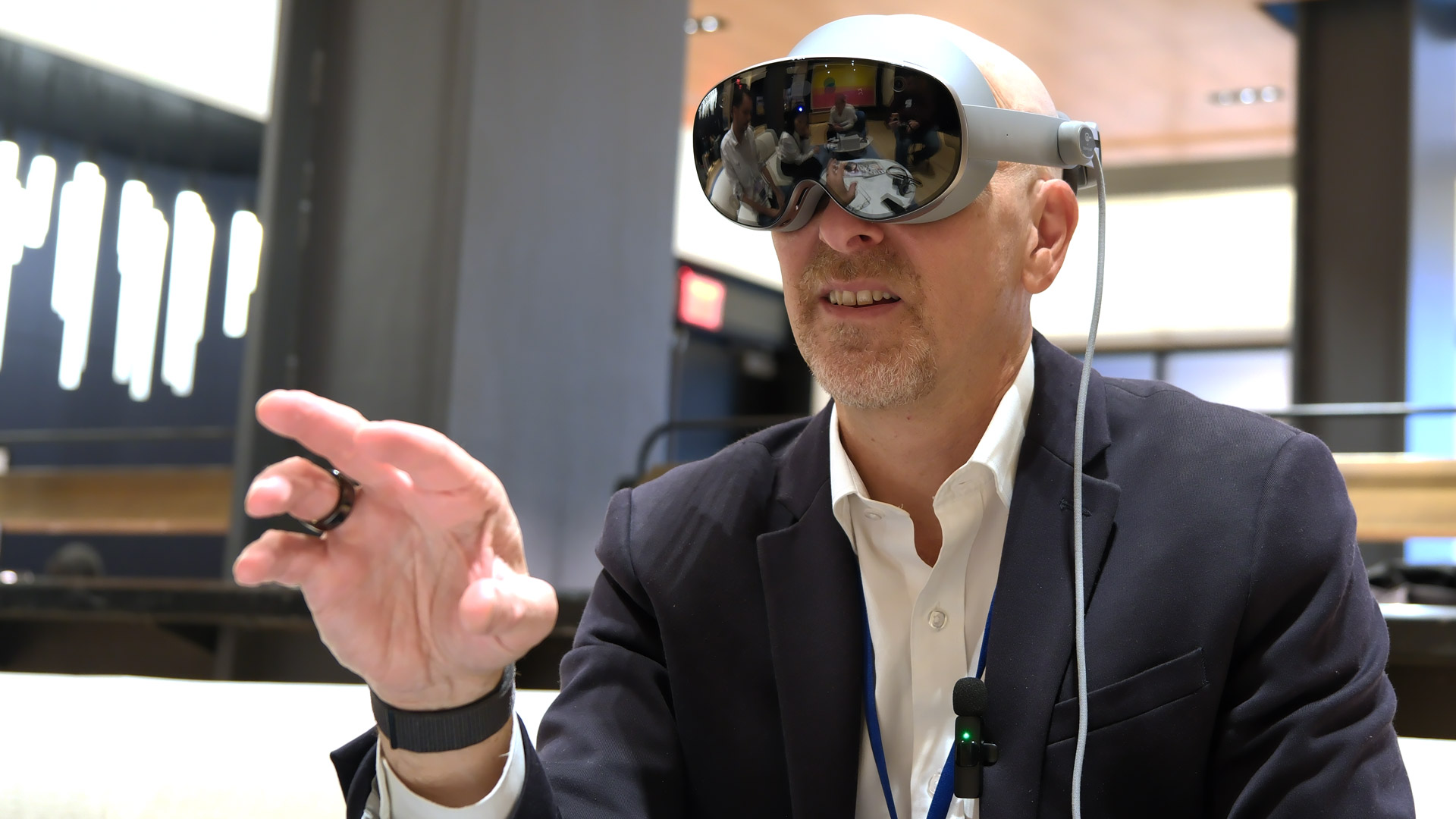 The Samsung Galaxy XR raises the bar while lowering the price for premium spatial experiences
Latest in Pro
The Samsung Galaxy XR raises the bar while lowering the price for premium spatial experiences
Latest in Pro
 Hostinger just got even cheaper - get 88% off with this Black Friday deal, exclusive to TechRadar
Hostinger just got even cheaper - get 88% off with this Black Friday deal, exclusive to TechRadar
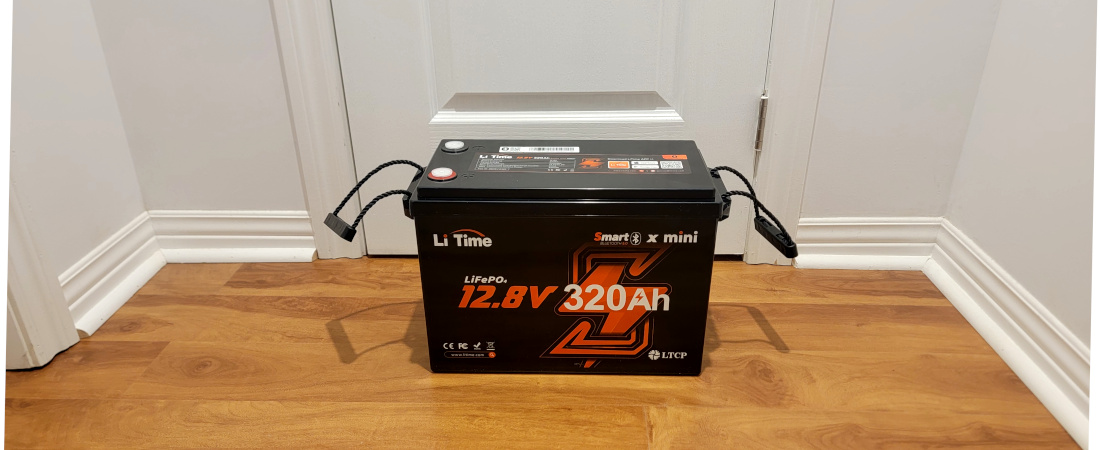 LiTime X Mini battery and accessories review
LiTime X Mini battery and accessories review
 Iberia tells customers it was hit by a major security breach
Iberia tells customers it was hit by a major security breach
 Many companies want to do more on sustainability - but just don't have the support or budget to do so
Many companies want to do more on sustainability - but just don't have the support or budget to do so
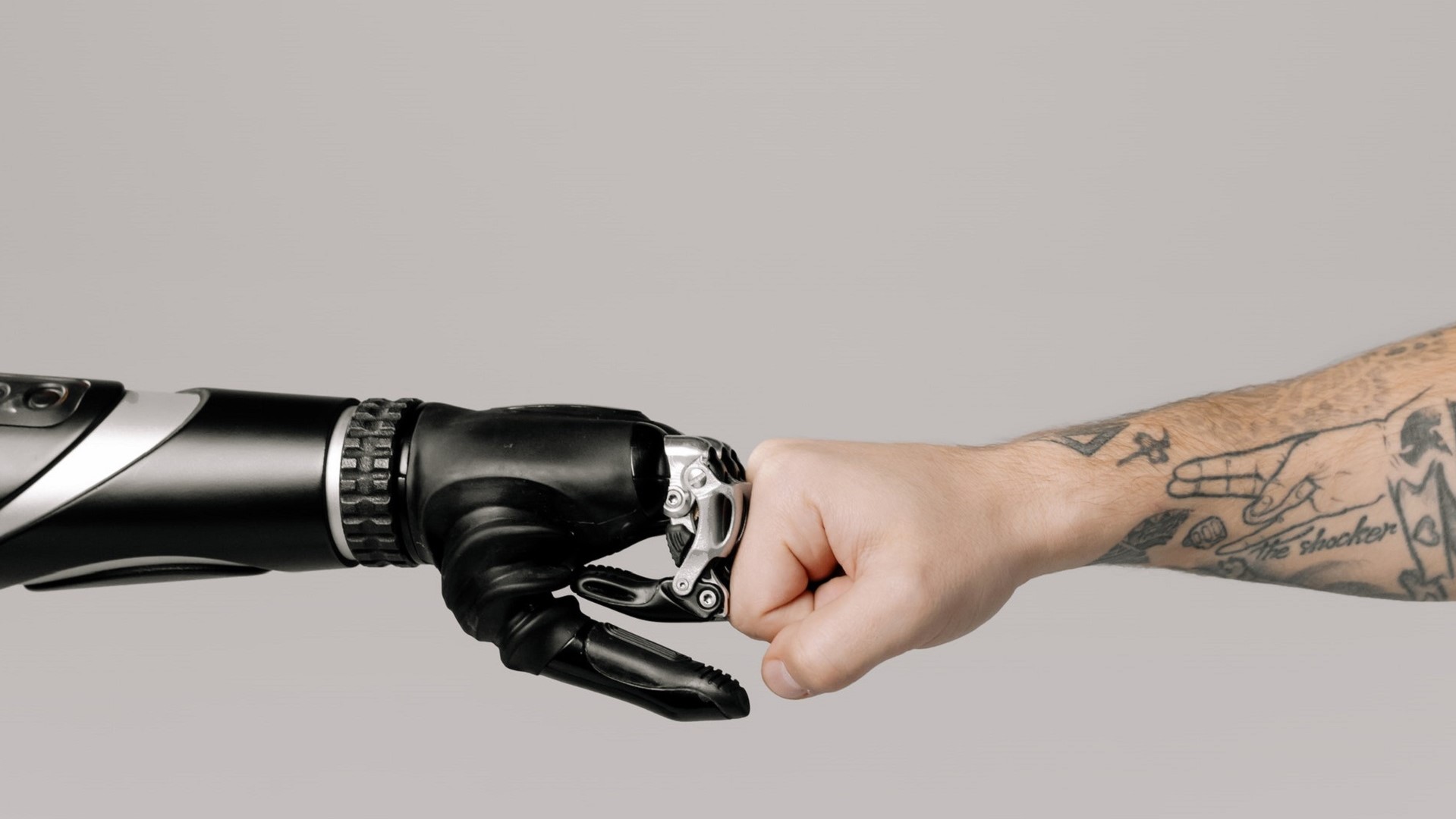 Humanoid robots are about to become the new smartphones of our lives
Humanoid robots are about to become the new smartphones of our lives
 Google tells employees they need to double their work every 6 months to keep up with AI
Latest in Opinion
Google tells employees they need to double their work every 6 months to keep up with AI
Latest in Opinion
 Unveiling MPEG-I: The next generation of VR and AR audio
Unveiling MPEG-I: The next generation of VR and AR audio
 Elon Musk on the future of jobs and AI, 'My prediction is that work will be optional'
Elon Musk on the future of jobs and AI, 'My prediction is that work will be optional'
 A glimpse into the next decade of connectivity: 4 lessons from Yotta 2025
A glimpse into the next decade of connectivity: 4 lessons from Yotta 2025
 Protecting productivity: the imperative of cybersecurity in manufacturing
Protecting productivity: the imperative of cybersecurity in manufacturing
 Human risk: don’t blame the victim, fix the system
Human risk: don’t blame the victim, fix the system
 What is data governance and why is it crucial for successful AI projects?
LATEST ARTICLES
What is data governance and why is it crucial for successful AI projects?
LATEST ARTICLES- 1Google security experts say Gainsight hacks may have left hundreds of companies affected
- 2NYT Connections hints and answers for Tuesday, November 25 (game #898)
- 3Quordle hints and answers for Tuesday, November 25 (game #1401)
- 4NYT Strands hints and answers for Tuesday, November 25 (game #632)
- 5What is the release date for The Mighty Nein episode 4 on Prime Video?

